This past summer I worked at Coastal Maine Botanical Gardens and lived on a beautiful plot wildlands in Southport, Maine. This gave me access to lots of fresh garden fruits and veggies as well as wild edibles from my property. Here below is a list of mother nature`s bounty and the things I created from it.
1. Tomatoes- canned stewed tomatoes, homemade pasta sauce, added them to chili, made brochette.
(Gardens)
2. Blackberries- jam, muffins, in bowls of cereal, blackberry ice cream with chocolate chips (the best!)
(Wild Edibles)
Blackberries are a common wild shrub in Maryland. In the early stages of forest regeneration you will find thickets filled with goldenrod, blackberry, honeysuckle (unfortunately), green-briar and other shrubs. Just find any public park or wild area (and I stress public, so you know you are allowed to forage there) and pick yourself some blackberries.
3. Rhubarb- strawberry rhubarb muffins.
(Gardens)
4. Apples- apple sauce, apple butter, cranberry applesauce, cider, apple pie, apples with homemade peanut butter dip, plain old apples for eating, apple cake, apple upside down cake, apple fritters, spiced apples.
(Wild Edibles)
Wild apple trees are also common in Maryland. They are often referred to as crab apples, but I really only think of the tiny cherry-sized apples as the crab apples (Malus coronaria), the others are often regular apples (mostly of the species Malus domestica, with many different varieties such as Cortland and Granny Smith), they are just escapees from orchards or in abandoned orchards. When they are not sprayed and taken care of, they just don't get as big, but they are still edible. It takes more work to prepare a small wild apple, as you have to eat or cook with more of them, but they taste just as good as any other apple and since they are free I don't mind the extra work. In Maine there are apple trees everywhere. Heirloom apples are also deep in Maine's heritage and you can find unique apple trees all over the state that are only found in small patches in small towns or just on one farmer's farm. I wrote about this topic for this year's interpretive displays. Here's a link to one of my sources. I had an apple tree in my yard with only about 10 small blemish free extremely delicious tart apples. I ate every single one. Imagine leaving your driveway and stopping at the apple tree on the way out to pick an apple to throw in your lunchbox. Can't get any fresher than that.
5. Cranberries- cranberry jelly spread, cranberry apple sauce, cranberry/cornelian cherry jelly.
(Wild Edibles, Gardens)
Sorry folks you are probably only going to find cranberries growing wild in Maine, unless of course you go to Patuxent Research Refuge. However, the cranberry bog growing mysterious in Powerline Pond is off-limits to the public. I have seen it and I wished so badly I could pick its beautiful berries, but knowing I was on a refuge I left them for the wildlife. It is supposed that someone planted that bog as it seems like an odd place for a cranberry bog to show up otherwise. However, if you are in Maine (or anywhere else in Northern New England for that matter) you'll find wild cranberries very easily.
6. Cornelian Cherries- pretty much the only edible member of the dogwood family, looks like an elongated cherry, tastes similar to a cranberry. Cornelian cherry jelly, granola with berries. (Gardens)
Cornus mas as it's scientific name is known is a common tree in Maryland, good for native wildlife. There are several planted near my old office window at the National Wildlife Visitor Center.
7. Highbush Cranberry- also known as American Cranberry bush, but a viburnum and no close relation to cranberries, but tastes similar. Highbush cranberry jelly (Wild Edibles)
Another common shrub for native wildlife in Maryland. Almost any species of viburnum or sambucus (elderberry) is edible.
8. Wild Ginger- ice cream.
(Wild edibles)
Wild ginger is a common eastern deciduous forest ground cover. Find a public forest where you know harvesting is allowed and pull up a few plants (of course don't over-harvest, leave some patches for the wildlife). A small amount will go a long way. I pulled up about 10 different plants to cut the roots from them to make one 2 gallon batch of ice cream. The roots are the part you want to use. Thoroughly wash and dry them (as they will be covered with dirt) and they are ready to use.
9. Wintergreen Berries- ice cream (2x).
(Wild Edibles)
Wintergreen is a common ground cover in eastern mixed coniferous/deciduous forests. It likes a forest with thick pine needle cover (meaning a more acidic soil than a straight up deciduous forest). It can be found in many of these types of forests throughout Maryland. Boil the leaves for tea, use the berries for adding flavor to dishes like ice cream.
10. Huckleberries- jam/jelly, tarts, granola with berries.
(Wild Edibles)
Huckleberries and blueberries also like the same acidic soils and forest compositions as wintergreen. They will often be found growing together. These are black huckleberries. They will look like blueberries, but darker and shinier.
11. Lowbush and Highbush Blueberries- granola with berries, jelly/jam, blueberry muffins, blueberry bread pudding, smoothies, blueberry pancakes, blueberry tarts.
(Wild Edibles, Gardens)
Lowbush blueberries are small berries on low-growing shrubs. Highbush blueberries are the larger kind that you'll find in the grocery store. Lowbush blueberries you are more likely to find growing in the wild. Lowbush blueberries take more work to use in cooking, but they taste every bit like blueberries and again if you foraged them for free they are worth every bit of the effort.
12. Concord, Sour and Wild Grapes- jams and jellies.
(Wild Edibles, Gardens, Parent`s Garden)
Wild grapes are much smaller than concord or other commercially grown grapes. Sometimes concord grapes will escape cultivation and you can find them growing in the wild, too. However, wild grapes are known as (Vitis riparia) or fox/riverbank grapes. These grapes have less flavor than concord grapes, so they take more grapes and more sugar to make a worthy jelly. However, as I always say, if it's free, it's worth the effort and you can always mix them with concord grapes for example to maximize the flavor of the jelly. Wild grapes are common in forest edges in Maryland.
13. Red and Golden Raspberries- jams/jellies, coffee cake, smoothies, raspberry lemonade, raspberry brie chicken, granola with berries, cereal with berries. (Wild Edibles, Gardens)
Raspberries, whether black, red or golden are also a common wild edible. Another option is the invasive wineberry (Rubus phoenocaulasius). It is tasty (sticky, but tasty and tart). If you eat it you are also removing invasive seed dispersal mechanisms from the environment. I like to collect wineberries and black raspberries from local Maryland public parks. I also have black raspberry bushes throughout my father's backyard. And so for years we have been eating fresh picked raspberries in cereal every summer almost daily as a summer tradition.
14. Boysenberry and Dewberry- cousins to blackberries, used in most of the same recipes as blackberries.
(Wild Edibles)
These two are more common as wild edibles in Maine.
15. Elderberry- jelly.
(Gardens)
Found in many Eastern deciduous forest edges. It is a shrub of the viburnum family. Makes great juice, wine, jelly or tea. Good medicinal plant, goes by the name Sambucus on supplement bottles.
16. Serviceberry- looks like a blueberry, tastes similar to a blueberry and cherry. Made jams/jellies and tarts. (Gardens, Wild Edibles)
A common understory edge tree in Maryland. Look for its smooth ashy gray bark and beautiful white cherry-like blossoms in the early spring.
17. Strawberry- jams, jellies, sauces, smoothies, pancakes.
(Gardens, Wild Edibles)
Most wild strawberries are not edible they are actually known as Indian Strawberry (Duchesnea indica). They are the tiny lawn strawberries with very little fruit and lots of seed. Sometimes however as the case was in Maine actual strawberries (Fragraria sp.) would escape cultivation and be found growing wild. The main difference is that Indian strawberry has five leaflets and real strawberries have three. Look for a three leaflet wild strawberry plant and you've struck gold.
18. Black Cherry- jelly.
(Wild Edibles)
Black Cherry (Prunus serotina) has small cherries that are clustered together on a main stem similar to the way grapes grow. Harvest them only when they are the deepest red or truly black. These are common trees throughout Maryland and the eastern deciduous forest. Find them growing in early growth forest thickets along with blackberry brambles.
19. Basil- pesto and in pasta sauce.
(Gardens)
20. Honeyberry- a type of honeysuckle, the only edible variety. Looks like an elongated blueberry. Made jelly (Gardens)
21. Pear- pies, cobbler with apples.
(Gardens, Wild Edibles)
Wild pears are possible, although not as common as wild apples. Do not confuse them with the (human) inedible and invasive Bradford Pear (which has tiny cherry shaped pears). Wild pear trees can be found most likely near or in abandoned orchards in Maryland.
22. Sage- scones, cooking spice.
(Gardens)
These are just some of the things I collected from the gardens and from the wild this summer and ate/cooked with. Its amazing the amount of food mother nature can provide for us if we know where to look and/or can grow it ourselves. (None of the photos are mine)
Later I plan to write an entire post about foraging for wild edibles. The how-to`s, the do`s and don`ts, etc.



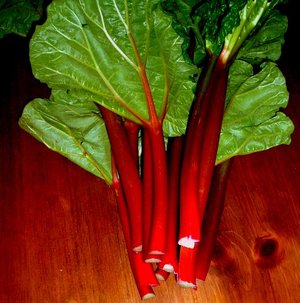

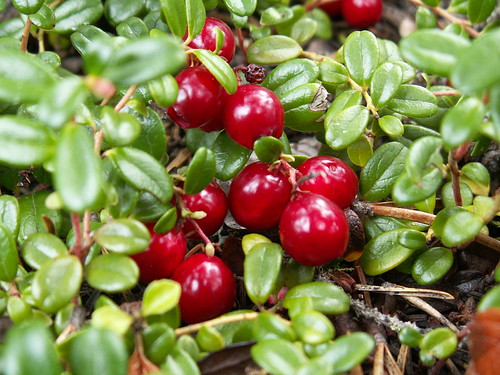
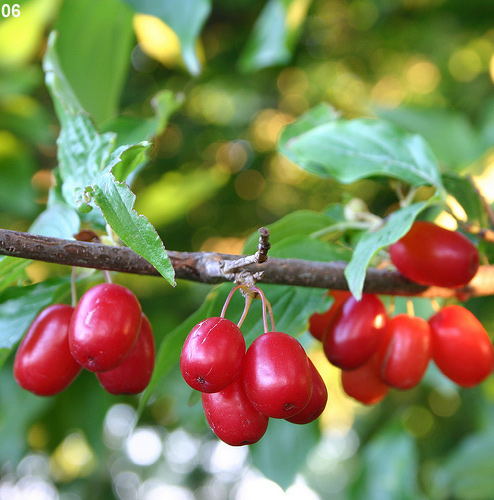














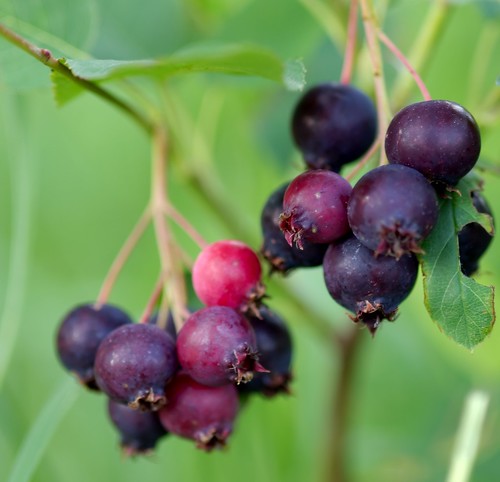


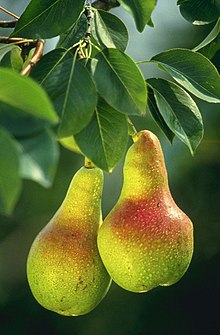

No comments:
Post a Comment